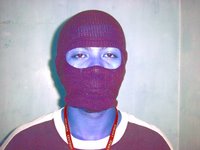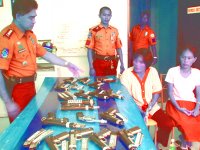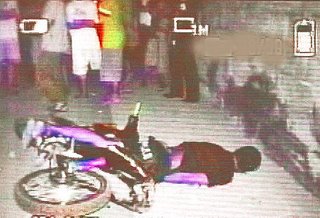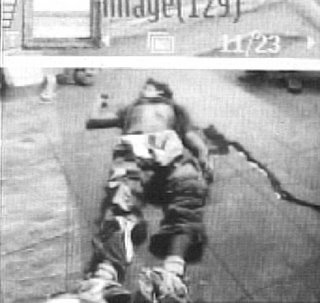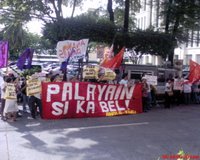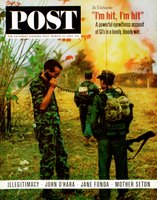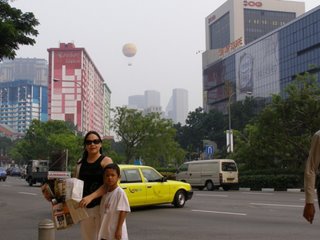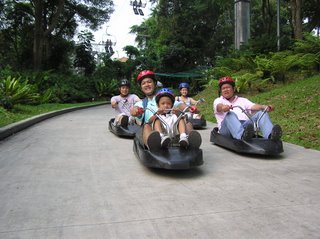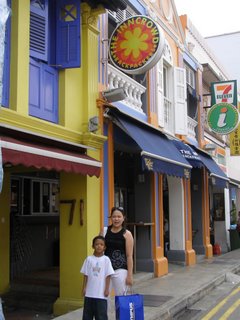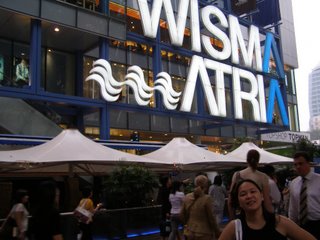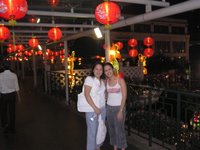The judicial travails in defamation cases took the United States Supreme Court further.
In New York Times versus Sullivan, the actual malice standard was galvanized as the applicable rule in defamation cases involving public officials in relation to their ofifical conduct. In the same year, the U.S. Supreme Court applied the actual malice doctrine in criminal cases in Garrison vs. Louisiana.
In 1967, the actual malice doctrine was held applicable to public figures, and not just public officials in a divided court in Curtis Publishing Co. vs. Butts.
The next case the U.S. Supreme ruled upon was a case involving plainitffs who were neither public officials nor public figures, but private individuals.
There was a seeming trend to provide greater accomodations to press freedom as the Supreme Court introduced a new standard, which is the public interest standard.
In the case of Rosenbloom vs. Metromedia Inc. (1971) the Supreme Court applied the actual malice standard regardless of the status of the plainitff, as long as the matter involved was one of public interest.
This became a highly controversial case, in view of the very wide latitude accorded to the press in defamation cases.
But more significantly, the Rosenbloom case in the United States would be relevant to later defamation cases decided by the Philippine Supreme Court, which I will discuss later.
See below my digest of this important (significant to Philippine defamation laws) case.
Rosenbloom v Metro Media, Inc.
403 U.S. 20
June 7 1971
In 1963, petitioner was a distributor of nudist magazines in the Philadelphia metropolitan area. Respondent Metromedia’radio station, which broadcast news reports every half hour, broadcast news stories of petitioner Rosenbloom’s arrest for possession of obscene literature and the police seizure of "obscene books," and stories concerning petitioner's lawsuit against certain officials alleging that the magazines he distributed were not obscene and seeking injunctive relief from police interference with his business. These latter stories did not mention petitioner Rosenbloom’s name, but used the terms "smut literature racket" and "girlie-book peddlers." Following petitioner's acquittal of criminal obscenity charges, he filed this action seeking damages under Pennsylvania's libel law.
Issue:
Whether the New York Times' knowing-or-reckless-falsity standard applies in a state civil libel action brought not by a "public official" or a "public figure" but by a private individual for a defamatory falsehood uttered in a news broadcast by a radio station about the individual's involvement in an event of public or general interest
Held:
The actual malice standard applies.
If a matter is a subject of public or general interest, it cannot suddenly become less so merely because a private individual is involved, or because in some sense the individual did not "voluntarily" choose to become involved.
The public's primary interest is in the event; the public focus is on the conduct of the participant and the content, effect, and significance of the conduct, not the participant's prior anonymity or notoriety. The present case illustrates the point.
The community has a vital interest in the proper enforcement of its criminal laws, particularly in an area such as obscenity where a number of highly important values are potentially in conflict: the public has an interest both in seeing that the criminal law is adequately enforced and in assuring that the law is not used unconstitutionally to suppress free expression. Whether the person involved is a famous large-scale magazine distributor or a "private" businessman running a corner newsstand has no relevance in ascertaining whether the public has an interest in the issue. We honor the commitment to robust debate on public issues, which is embodied in the First Amendment, by extending constitutional protection to all discussion and communication involving matters of public or general concern, without regard to whether the persons involved are famous or anonymous.
 We just came from my barber, Judel. He has been our barber for more than five years already.
We just came from my barber, Judel. He has been our barber for more than five years already. 
